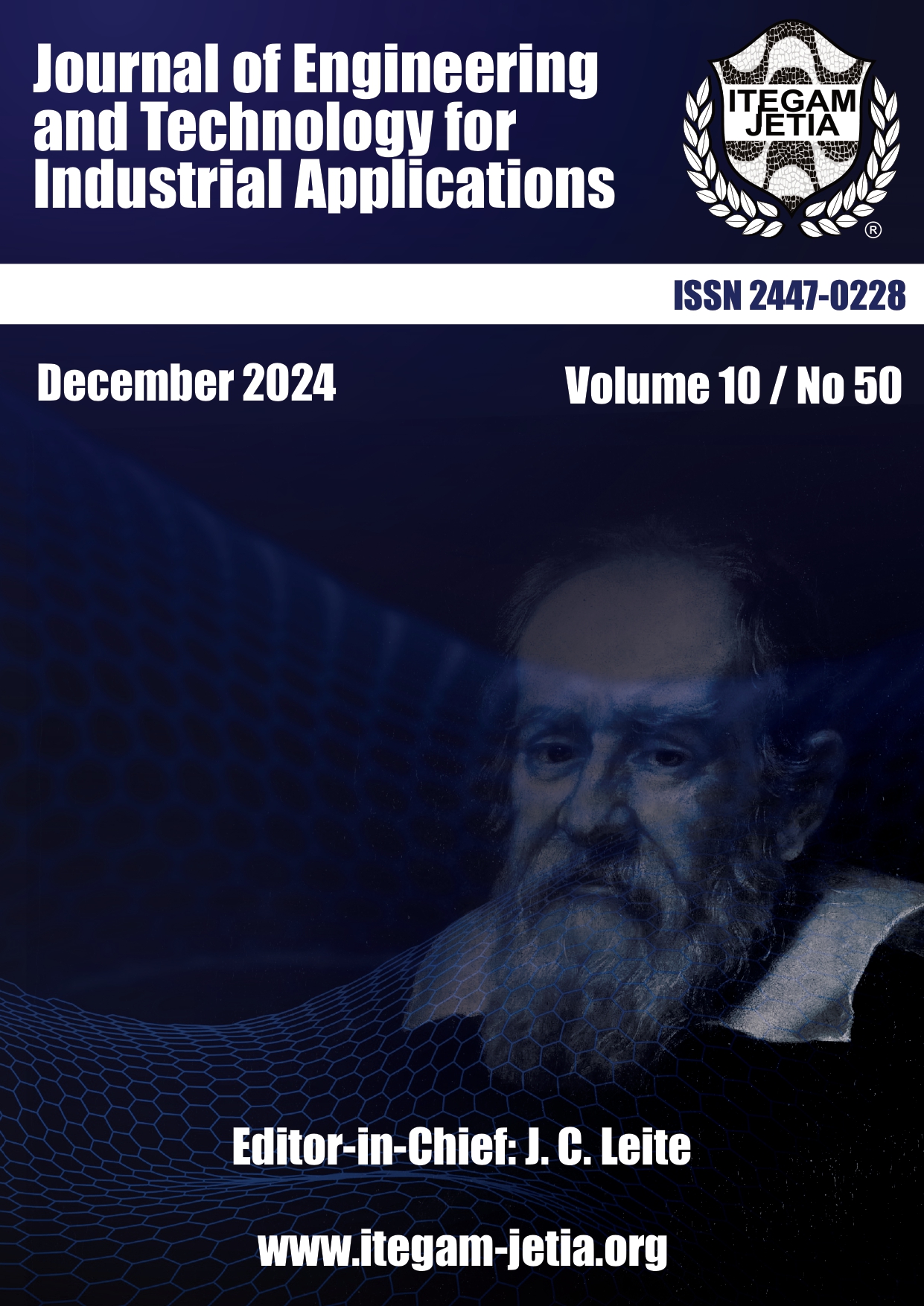Techno-Economic Evaluation of Rice Husk Co-Firing as a Sustainable Biomass Fuel Alternative
Abstract
Co-firing is a technology that blends coal with biomass at a specific ratio in steam power plants. In the Lontar area, which is surrounded by vast rice fields, there is significant potential to utilize rice husk waste as a biomass feedstock. The aim of this design is to reduce Indonesia's dependence on coal, which is considered a non-renewable energy source, while promoting the transition to renewable energy. As coal consumption continues to rise each year, this research explores the potential to reduce coal usage by co-firing it with rice husk biomass. The co-firing design implements a biomass blending ratio of 2-5% with coal. The study's results indicate that, on average, only 0.608 kg of fuel is needed to generate 1 kWh of electricity. Additionally, the Net Plant Heat Rate achieved is 2,557.5 kcal/kWh, which, when compared to non-co-firing values, demonstrates an improvement in the power plant’s efficiency. From an economic perspective, the power plant in the Lontar area could save fuel costs amounting to Rp 9.24 billion over a four-month period, with the average production cost of co-firing being only Rp 346.77/kWh. Based on these technical and economic results, the co-firing design is deemed feasible and promising for further implementation in the coming years.
Downloads
Copyright (c) 2024 ITEGAM-JETIA

This work is licensed under a Creative Commons Attribution 4.0 International License.











